Samhain: The Origins of Halloween
Halloween has become one of the biggest and most widely celebrated holidays in the U.S.A., but few know of the history and true origins of the autumnal festival. While it is known today as a holiday of candy, costumes and scares, it only vaguely resembles its ancient roots. Here we take a look back at the history of the spooktacular holiday, in honor of our ancestors who still may wander this world on Halloween night!
While thought to have roots in celebrations that are 6,000 years old, most believe that the origins of Halloween date back to Celtic times roughly 2,000 years ago in what is now known as Ireland, the United Kingdom and the north of France. November 1st marked the end of Summer (representing day) and the beginning of Winter (representing night), and was thus celebrated as the Celtic New Years. On the night of October 31st, the Pagan celebration known as Samhain (pronounced saa-win or sah-ween) was performed at sunset, when the Celtic calendar day officially ended. The Celts believed that the boundary between the world of the living and the world of the dead was thinnest on this specific day, due to their belief that summer brought life and a full harvest while winter brought death and symbolized a dark, cold season. Since this boundary between our world and the underworld was permeable, it was believed that otherworldly beings such as ghosts and demons would return to earth. Celtic Druids would build large bonfires and dress up in animal hides to perform ritualistic sacrifices of food and animals (favoring black cats) so the returning dead would help them make predictions and forecast the future. The Celts would also leave offerings at their doorstep and dress up on Samhain in hopes of fooling or appeasing the ghosts to ensure that the people and their livestock survived the winter.
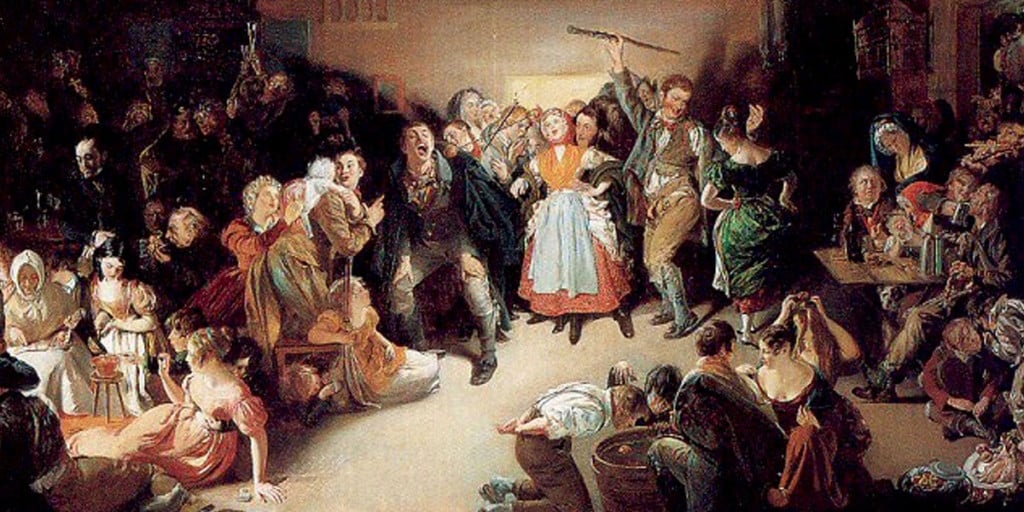
By the 7th century A.D., the Roman Empire had conquered most of the Celtic territory, leading to the rise of Roman Catholicism and the spread of Christianity across Celtic regions, supplanting many of their traditions and rites. By the 8th century, November 1st was named by the church as All Saints' day, or All Hallows' day, which celebrated martyrs and saints of the church. All Souls' Day, a Catholic holiday celebrated on November 2nd, followed All Hallows' Day and celebrated those that have passed on from this world. All Souls' Day was created in hopes that a church sanctioned holiday honoring the dead would replace the Pagan holiday of Samhain. The night before All Hallows' day became All Hallows' Eve, where many of the same Pagan celebrations still occurred, including bonfires, "guising" or dressing up in costume, and the gifting of fruits and candies. All Hallows Eve was eventually shortened to Hallows' Eve or Hallows' Even, which became Hallowe'en and ending up as Halloween.

It wasn't until the mid 19th century that Halloween took hold in America and became what it is today. In the early part of the 19th century, autumn festivals were common, especially in the southern colonies, but Halloween was still seen as taboo by the Protestant New England colonies. It wasn't until the late 19th century and early 20th century when immigration to the U.S. had blossomed, especially from Ireland, did Halloween and it's customs take hold and form into the Americanized version we know today. The melting of cultures in the 1920's and 1930's pushed Halloween into a more secular holiday that took on the English and Irish traditions of dressing up and going to your fellow neighbors house for games and food. The move away from the religious and superstitious aspects of the holiday was solidified in the 20th century, when parties and community festivities were more popularly held on Halloween.
Today's Halloween traditions still have deep root in the ancient Celtic solstice celebration of Samhain. It is thought that the tradition of costumes and dressing up came from the Celts' ritual of wearing masks when they left their homes after dark to avoid being recognized by the ghosts that came back to earth on the night of October 31st. It is also believed that trick-or-treating can be traced back to parades held in England on All Souls' Day. Instead of leaving food on your doorstep for the spirits that returned, families handed out pastries known as "soul cakes" to the poor in return for them promising to pray for the family's dead loved ones. This became known as "going a-souling" and was soon adopted by children in the hopes of getting pastries and "treats" from their neighbors. In later centuries, people would dress up as ghosts or malevolent spirits and instead of promising to pray would perform poems or "tricks" in exchange for food and ale, or "treats". This was known as "mumming" or "guising". Both mumming and going a-souling were the precursors to the modern day Halloween custom of trick-or-treating.
There's so much to learn about Halloween, but here are some fun facts we found interesting:
- American's spend around $6 billion on Halloween each year, with $2.5 billion going towards costumes alone, making it the second highest grossing holiday behind Christmas.
- One quarter of all the candy sold annually in the U.S. is purchased for Halloween.
- Halloween is older in Ireland than St. Patrick's Day.
- During World War II, children had to refrain from trick-or-treating due to sugar rationing.
- Jack-o-lanterns were originally made of turnips, beets and potatoes.
- It used to be common for animal shelters to refuse the adoption of black cats in October for fear that they were going to be sacrificed.
- Candy makers supposedly lobbied to extend daylight savings time into the beginning of November to get an extra hour of daylight so children could collect even more candy on Halloween.
- The next full moon on Halloween will occur in 2020.
- The fear of Halloween is known as Samhainophobia.

While decorating for Halloween is a relatively recent tradition, it's still fun to see the vintage style of past Halloween decor. We love this type of decorating, which is why we try to specialize in collecting the hard to find items and vintage reproductions that are so charming and fun! From our vintage postcard boards and figures to our classic garlands and haunted village houses, there is something that everyone from trick-or-treaters to Halloween party guests will love. Visit our Halloween page by clicking here and be sure to check out our gallery for fun decorating ideas! Happy Halloween!

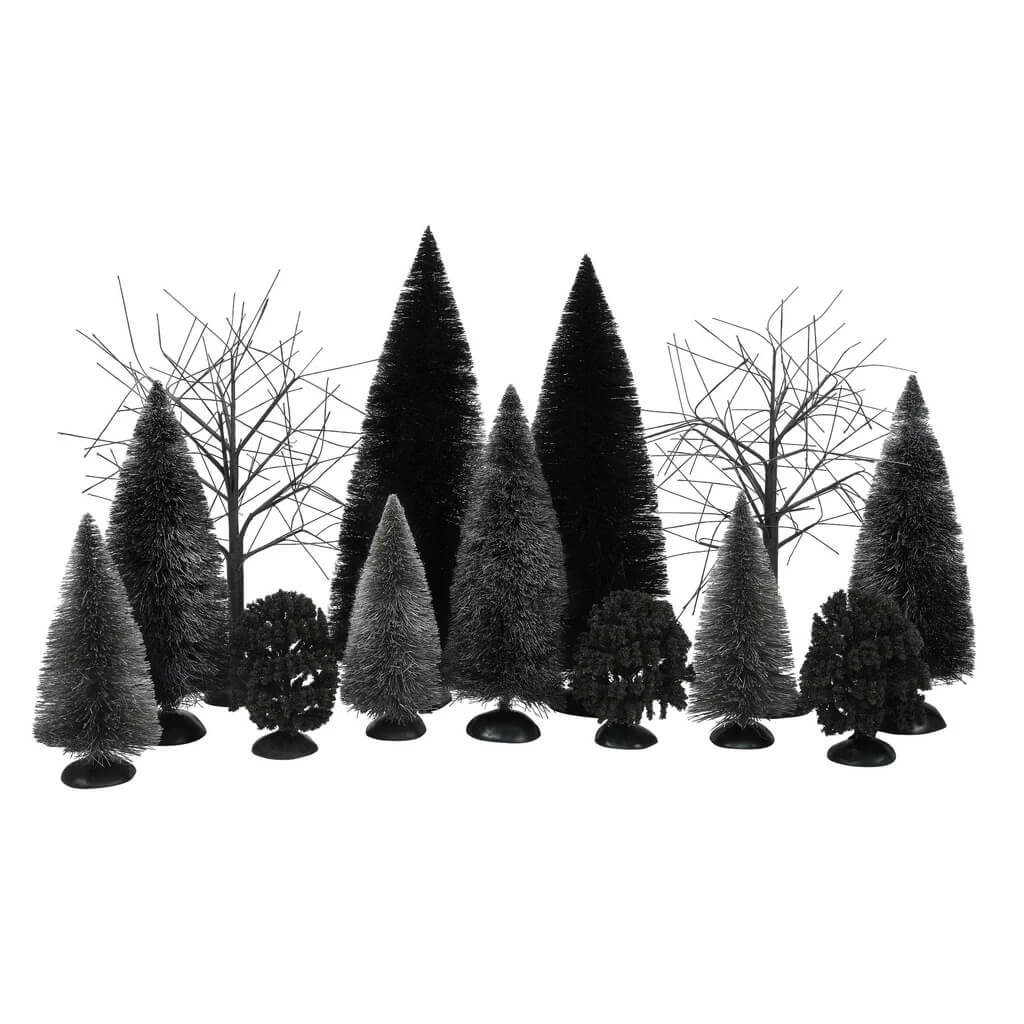

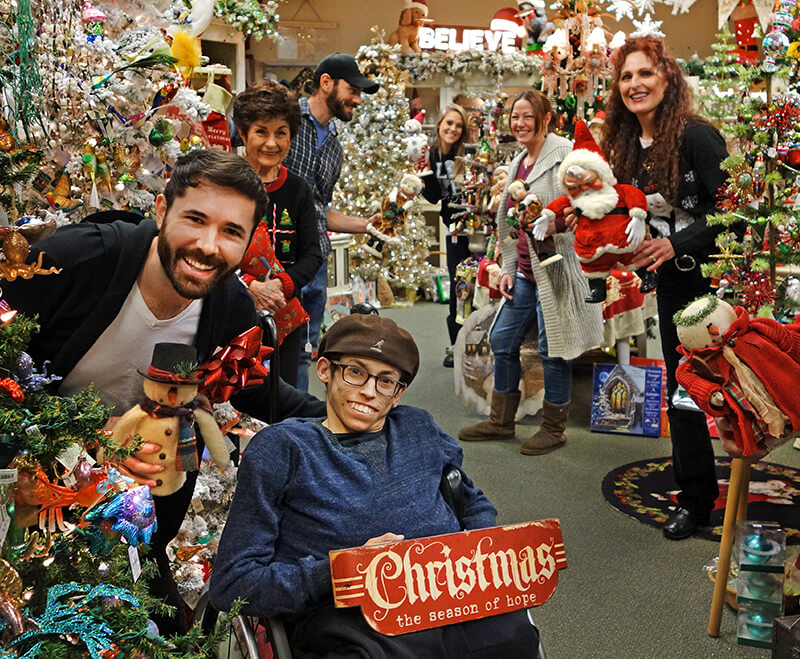
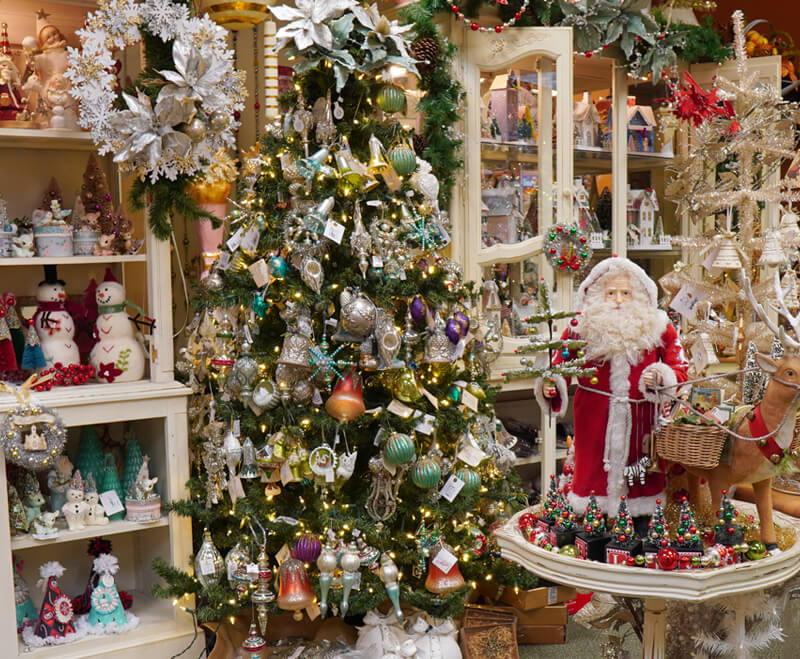
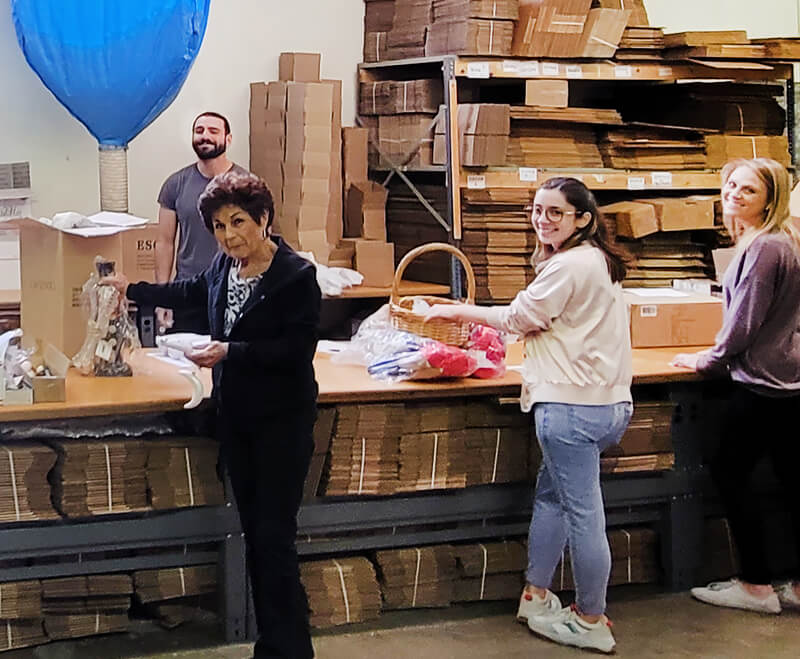
Leave a comment